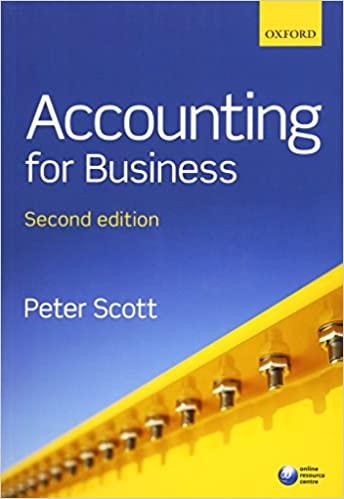
2. Consider that a decision maker works on a project, which has a risk of failure. Should she be successful, the outcome of the project would be 1 , otherwise 0 . The chance of success is p(e) and the cost of the effort is c(e), both of which depend on the level of effort e. a. Under the classical utility model, derive the effort level e. Consider the expectation as reference point model of Koszegi and Rabin (2006). For simplicity, assume that the reference point has only one dimension, i.e., the outcome of the project, which is either 0 or 1 . b. Suppose the decision maker used to succeed in the past, and she takes her experience as reference point. Derive the effort level e, and compare the result with part (a). c. Suppose the decision maker used to fail in the past, and she takes her experiences as reference point. Derive the effort level e, and compare the result with part (b). d. More generally, suppose the expectation of the decision maker is that she will succeed with probability q, and fail with probability 1-q. Derive the effort level e, and the effect of q on the effort level e. e. Besides expectation, provide briefly two other possible reference points for the decision maker (in no more than 2 sentences). 2. Consider that a decision maker works on a project, which has a risk of failure. Should she be successful, the outcome of the project would be 1 , otherwise 0 . The chance of success is p(e) and the cost of the effort is c(e), both of which depend on the level of effort e. a. Under the classical utility model, derive the effort level e. Consider the expectation as reference point model of Koszegi and Rabin (2006). For simplicity, assume that the reference point has only one dimension, i.e., the outcome of the project, which is either 0 or 1 . b. Suppose the decision maker used to succeed in the past, and she takes her experience as reference point. Derive the effort level e, and compare the result with part (a). c. Suppose the decision maker used to fail in the past, and she takes her experiences as reference point. Derive the effort level e, and compare the result with part (b). d. More generally, suppose the expectation of the decision maker is that she will succeed with probability q, and fail with probability 1-q. Derive the effort level e, and the effect of q on the effort level e. e. Besides expectation, provide briefly two other possible reference points for the decision maker (in no more than 2 sentences)







